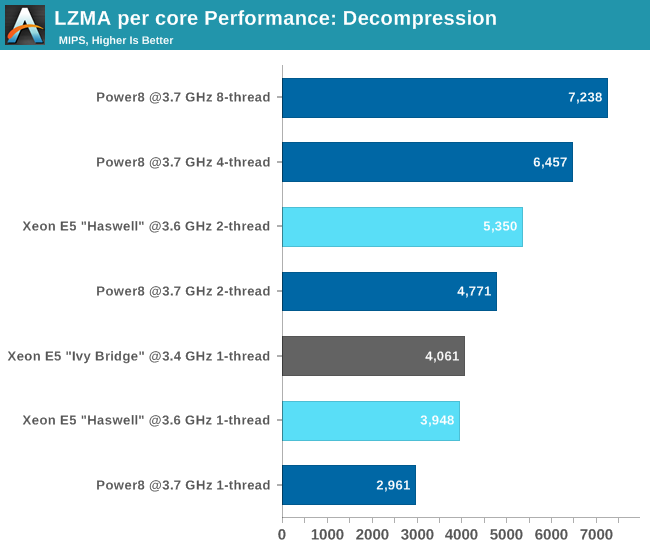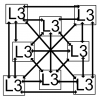It could make quite a bit of sense for actual server applications. It makes little sense for just about any other application though. A lot of people seem to lump HPC and other specialized applications, like render farms, in with general servers when they have quite different requirements.SMT4, in particular, made very little sense for AMD's product stack. Also watching people push for SMT4 on mobile platforms strikes me as a bit odd.
It may not be that difficult to implement once they have a working SMT2 implementation. I didn’t write it off as impossible or preposterous, it is just a bit niche for them to be pursuing right now. I didn’t expect such a radical change to the CCX, so I thought it could have been a possible way of increasing core count. It looks like we don’t get any core count increases with Zen 3.






